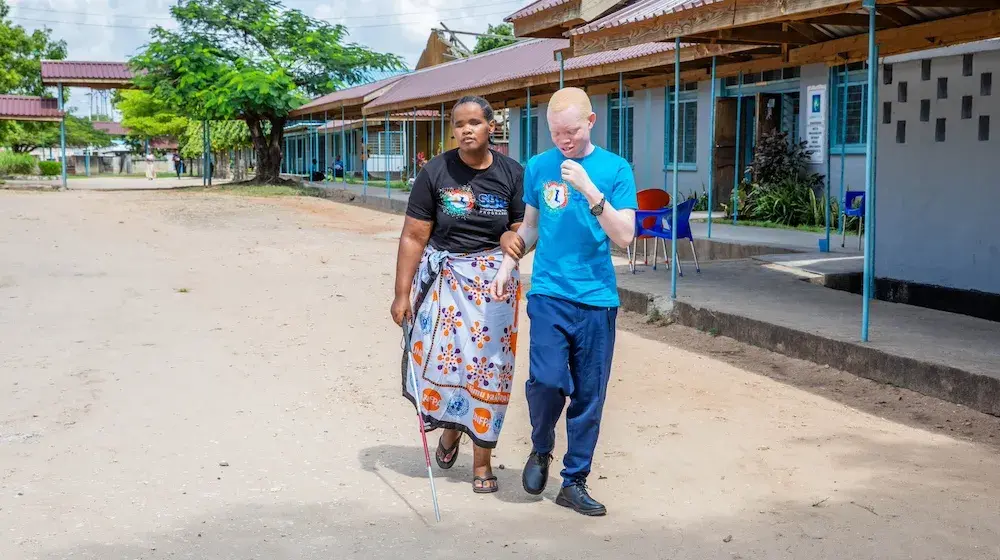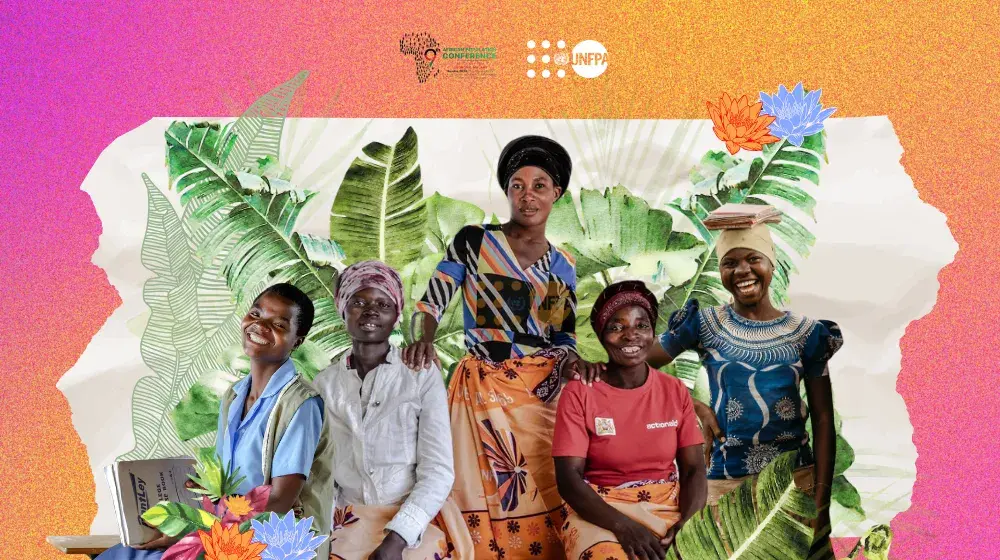This year is the second observance of International Day of the Girl Child, the theme of which is Innovating for Girls’ Education. The first Day was held last year, following the United Nations General Assembly Resolution 66/170, adopted in December 2011 in recognition of girls’ rights and the unique challenges they face around the world.
The fulfilment of girls’ right to education is first and foremost an obligation and moral imperative. There is also overwhelming evidence that girls’ education, especially at the secondary level, is a powerful transformative force for societies and girls themselves: it is the one consistent positive determinant of practically every desired development outcome, from reductions in mortality and fertility, to poverty reduction and equitable growth, to social norm change and democratization.
While there has been significant progress in improving girls’ access to education over the last two decades, many girls, particularly the most marginalized, continue to be deprived of this basic right. Girls in many countries are still unable to attend school and complete their education due to safety-related, financial, institutional and cultural barriers. Even when girls are in school, perceived low returns from poor quality of education, low aspirations, or household chores and other responsibilities keep them from attending school or from achieving adequate learning outcomes. The transformative potential for girls and societies promised through girls’ education is yet to be realized.
Recognizing the need for fresh and creative perspectives to propel girls’ education forward, the 2013 International Day of the Girl Child will address the importance of new technology, but also innovation in partnerships, policies, resource utilization, community mobilization, and most of all, the engagement of young people themselves.
All UN agencies, Member States, civil society organizations, and private sector actors have potential tools to innovate for and with girls to advance their education. Examples of possible steps include:
- Improved public and private means of transportation for girls to get to school—from roads, buses, mopeds, bicycles to boats and canoes;
- Collaboration between school systems and the banking industry to facilitate secure and convenient pay delivery to female teachers and scholarship delivery to girls;
- Provision of science and technology courses targeted at girls in schools, universities and vocational education programmes;
- Corporate mentorship programmes to help girls acquire critical work and leadership skills and facilitate their transition from school to work;
- Revisions of school curricula to integrate positive messages on gender norms related to violence, child marriage, sexual and reproductive health, and male and female family roles;
- Deploying mobile technology for teaching and learning to reach girls, especially in remote areas.




